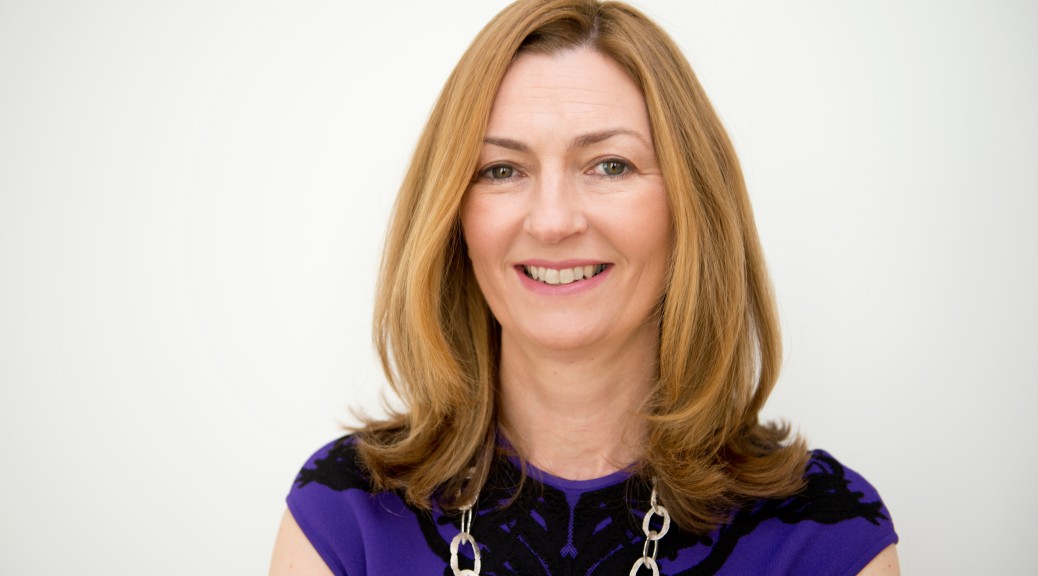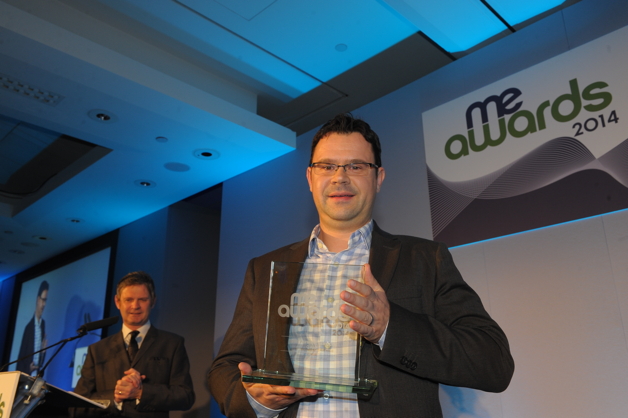
SMF Chris Hughes has always been an engineer at heart. As a child he spent many happy hours in his parents’ basement workshop designing and building things – he enjoyed the process of creating solutions to problems. At just 11 years old, he built a ping pong pick-up device from wood and a levy system to avoid having to manually pick up the ping pong balls himself. One of his creative inspirations was Leonardo da Vinci (he was an avid reader of comics featuring da Vinci), which gave him an early understanding that engineers are innovators, people who create rather than fix things. Chris said, “The idea of innovation excited me. Looking back, I guess engineering was always a natural path for me.” Chris takes up his story…
Becoming a student of engineering
“I did Mechanical Engineering at Imperial College London with an Erasmus year in Lyon, France. After graduation, I wasn’t sure how I was going to use my engineering degree because there are many different routes you can pursue with an engineering degree. My third-year project at Imperial was designing an artificial heart valve, but my internship in France was working in R&D on high-speed trains. These are such different aspects of engineering, yet both interested me greatly. When I graduated, I took a year out and travelled to Argentina where I worked for a charity and learned to speak Spanish. It was a great time to reflect and think about my future and I decided that I would like to do a job that allowed me to travel and to build on my experience in the rail industry. I started applying for engineering jobs in the UK and abroad and a golden opportunity presented itself at the Japanese company, Hitachi, inventors of the high-speed bullet train. I couldn’t pass up the chance to work for such an innovative company and, possibly, the chance to work in Japan.
Starting a career as an engineer
“The Japan dream would have to wait for a little while. When I started my 5-year stint at Hitachi, the company had just expanded into the UK and had a 30-strong team in Ashford in the UK. This provided excellent experience and knowledge of how Hitachi was run. Because the UK team was small at the time, I shared an office with key decision-makers including the MD and even brushed shoulders with the CEO. I was entrusted with assignments that would normally be out of reach for someone of my level of experience at that time. I always had a hankering to work where the trains were being built and persuaded my superiors to post me to Hitachi in Japan. I was the first UK engineer to move to the Japanese business on a semi-permanent basis and it was fantastic.
“In just under a year, I was back in the UK managing the coordination between Hitachi Japan and Hitachi UK. It was around this time I started to take a keen interest in the business operation, rather than focusing purely on the engineering side of things. Being so close to the team in the UK, and then mediating between the UK and Japan while helping to handle customers, gave me a real insight into how to nurture and develop a business. I started to think about whether I could I have a bigger impact in an engineering company if I had a stronger business background to help make big decisions. This is when the prospect of doing an MBA entered my mind.
The Move to an MBA
“By that time, I had also become a Chartered Engineer, an important career milestone for me. I felt like I had achieved so much, and it would be a good a time to explore other possibilities. I first heard about MBA courses through some of my friends who were studying MBAs at the time. It sounded like something that could open doors for me and get me more involved in the world of business. Hitachi kindly offered to support me through a part-time MBA, but I wanted to make a huge leap, transitioning from a pure engineering role into a management one. I felt it was best to get a formal business school education, so I started researching schools and the application process. The only real concern I had was how to fund the MBA. I couldn’t believe my luck when I got speaking to a stranger on a train who also happened to be an engineer. She worked for the Royal Academy of Engineering and mentioned the SMF scholarship and the generous MBA grant. Getting the scholarship wasn’t a given, but if I could get the grant it would remove the financial worry of doing an MBA. I got through the scholarship application process and not long after that, in 2015, I was awarded a £30,000 SMF scholarship and I was on my way to INSEAD.
Doing an MBA at INSEAD
“My time at INSEAD was enlightening. I learned the basics of good business acumen, from marketing and strategy right through to finance and accounting. It gave me real insight into how business works, how people think and how organisations behave as a collective enterprise. I learned that business is about more than numbers; it’s very much about people.
“As an engineer, you tend to want to fix every individual problem you encounter. But business is different and managing people can be unpredictable. There’s a discipline I learned about at INSEAD called ‘Design Thinking’ which takes a human-centred approach to business. You start with a human problem, and then you work back to find a solution to fix it. This approach works well with engineering, once you identify the human need and establish problems and barriers, you can apply an engineering solution.
“During my MBA, my passion for innovation was reinforced. I went into my studies thinking I would do a management role in an engineering business when I graduated, but I met so many amazing people and saw so many different perspectives. It felt like another world of opportunity was opening up to me. Instead of going back to engineering after graduation, I went to work with an innovation company called What If, something I might never have had the confidence to do without the MBA.
How Wilfred’s Non-Alcohol Aperitif was Founded

“I worked at What If for two and a half years following my MBA, which allowed me to hone my innovation, prototype testing and business skills. Armed with this knowledge and my MBA skills, I had the confidence to branch out on my own and create Wilfred’s Non-Alcoholic Aperitif, my first business venture.
“Like most young people, I enjoyed the occasional alcoholic drink with friends. But as I got older, I became less interested in alcohol, to the point where I barely drank and would rather have alcohol-free drinks. It frustrated me that, aside from one or two instances of clever branding, no interesting non-alcoholic drinks had really made it into the mainstream. I decided to try and change that, which began with prototype testing.
“I started making drinks from scratch for my friends to try using ingredients from all over the world, such as English Rose, Japanese Hibiscus, Mate from Argentina. Increasingly though, I ended up using ingredients that were closer to home – rosemary, strawberries, raspberries – many from my mother’s garden. I had a formula to describe how I wanted the drink to taste, which is typical of an engineer or mathematician – that’s the way my mind works now. I would say making a drink is part science and part art; I’ve taken a very scientific approach to making Wilfred’s. Without a doubt, engineering has helped in ways you would not expect. Just three and a half months into the launch, Wilfred’s won the award for Britain’s Number One Non-Alcoholic Drink, as judged by the 2020 Great British Food Awards.

“There are many ways in which my business education, the innovation courses and experience have helped me in developing and launching Wilfred’s, ranging from understanding the intricacies of finance to marketing and scaling-up the business. Like most entrepreneurial ventures we had challenges along the way, for example, scaling from home batch to production batch involved trial and error to find the right production partner, and many months of work went into creating exactly the right brand. Even though I had adopted a “bootstrapping” strategy to finance the business in the early stages ultimately I decided to engage a branding specialist to perfect the design. The drinks industry is complex and highly competitive and getting the branding wrong would have set me back months. Understanding when to make these big decisions is vital and having a business education helps.
“Likewise, deciding on the channels to market is critical to success. Before the COVID-19 pandemic I had ambitious plans to sell to restaurants, bars and pubs and had some success, for example, Wilfred’s is available at the Hilton Lexington Rooftop Bar, but once lockdown came, I had to completely pivot to online sales via the website. Because I now have a good grasp of sales and marketing planning, I had already established a strong network of partners, for example, a reputable and cost-effective distribution centre which ensures that everything from the packaging to the delivery are perfect. I had also implemented a communications strategy, including traditional advertising and social media, to build a brand reputation, long before the product hit the market.
“I am at the start of an exciting journey. I am already looking at selling the product via channels like Not on the High Street and Yumbles, and the long-term goal is to get Wilfred’s into major supermarket chains, a goal that requires considerable work and relationship building with buyers. In a year or so, I will be looking at fundraising, something I would not have embarked on without the knowledge I gained through the MBA and working for What If. External investment will enable me to start bringing team members on board.
Value of the MBA
“The MBA has given me a much more strategic and structured approach to launching my business and has helped me make critical decisions at the right time, for example, changing from the original production company to a new one. Likewise, my engineering background helped me to deal with production issues we encountered with the first company. Having this knowledge allowed me to understand what the problems were, probably better than the people who were bulk producing the drink! I have been able to speak with people on an equal footing when it comes to technical areas such as pasteurisation and sterile filtration. In this respect having an engineering background has been so helpful.
Advice for Young Engineers Considering an MBA
“Doing an MBA was one of the best decisions I ever made, but it’s not necessarily the route for everyone. Think long and hard before making this decision, as MBAs are expensive. That said, even the process of considering it (or applying) can be extremely helpful in terms of thinking about your career. Just exploring the benefits of an MBA will focus your mind on what you want to do with your future, as well as the things you might want to steer clear of. If you really do want to open doors and take a sideways, upwards or altogether different step, an MBA is definitely worth doing. If I had not been awarded the SMF scholarship and done the MBA, I would not be where I am now – with my own business, winning awards and looking forward to a strong future for Wilfred’s.”
The SMF MBA Scholarship
If you are a professional engineer considering an MBA as one of the stepping-stones towards a business leadership career, visit our MBA scholarship application page, you could become one of our successful awardees – today the individual scholarship is £50,000.





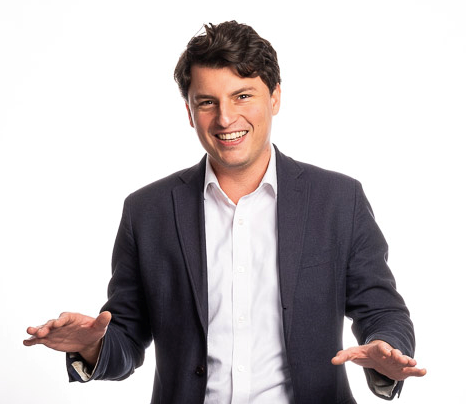
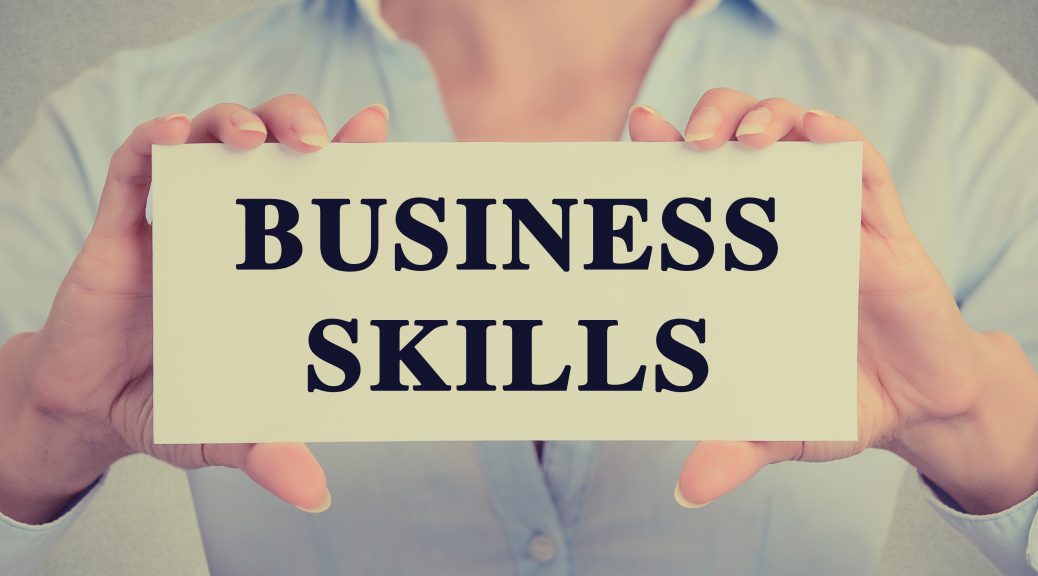
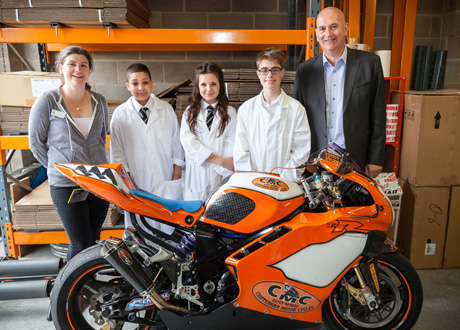

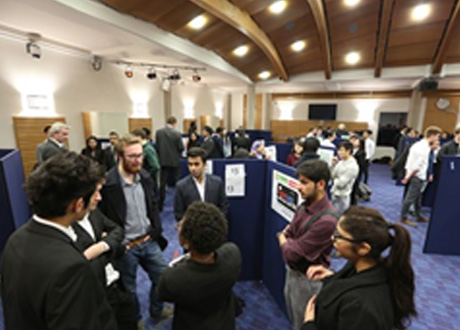

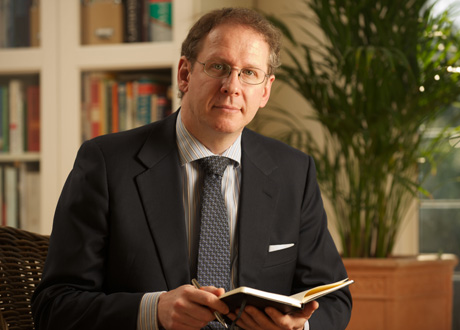

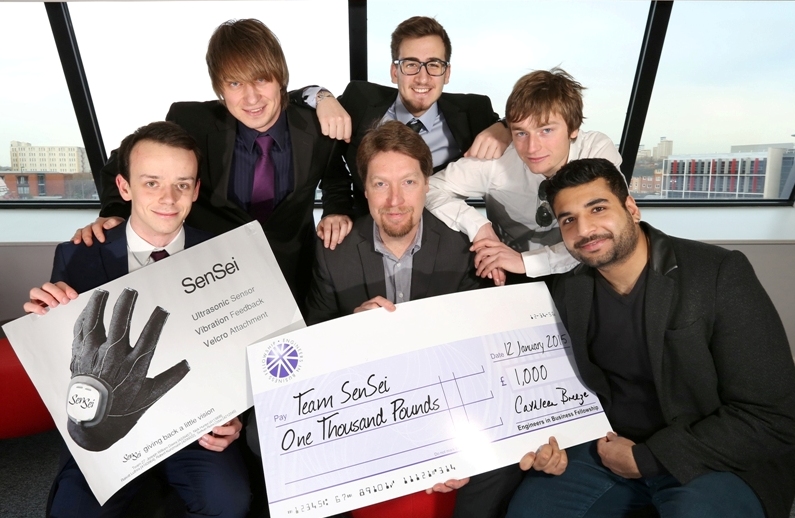


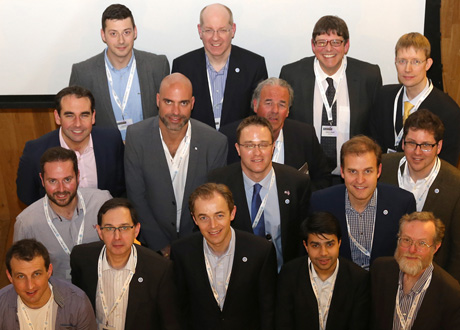
 Sam Cockerill, Founder-CEO of Libertine FPE is a Sainsbury Management Fellow
Sam Cockerill, Founder-CEO of Libertine FPE is a Sainsbury Management Fellow